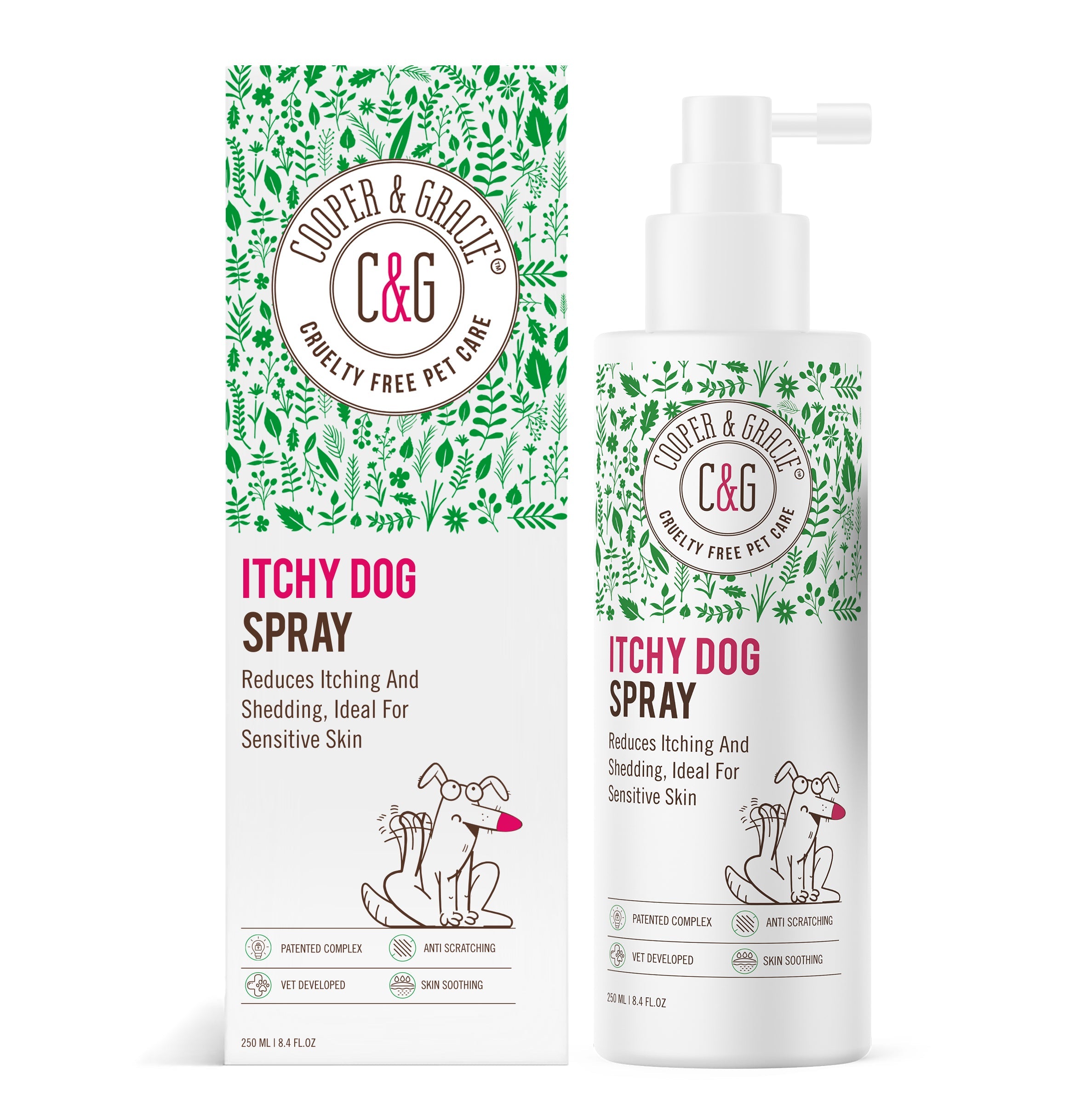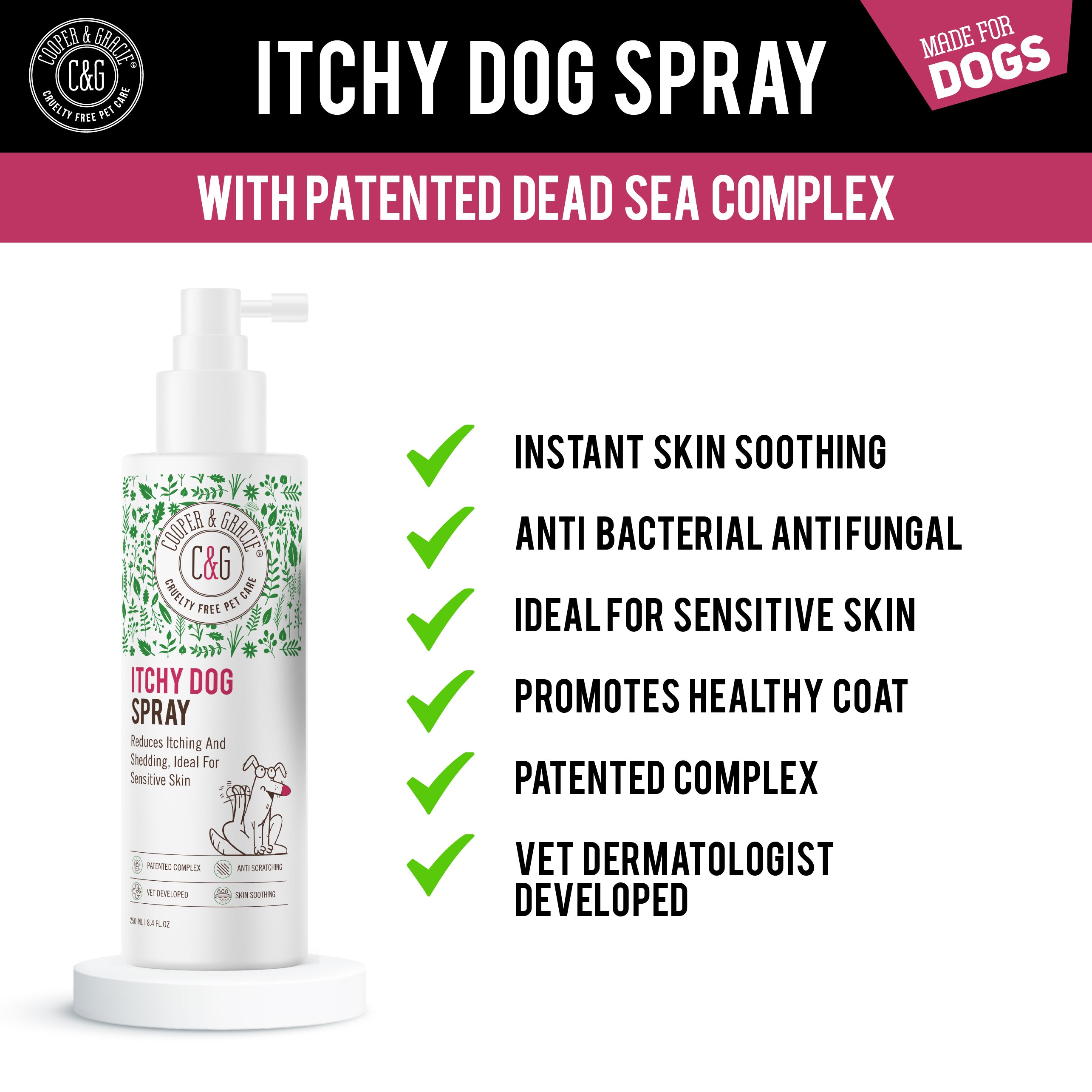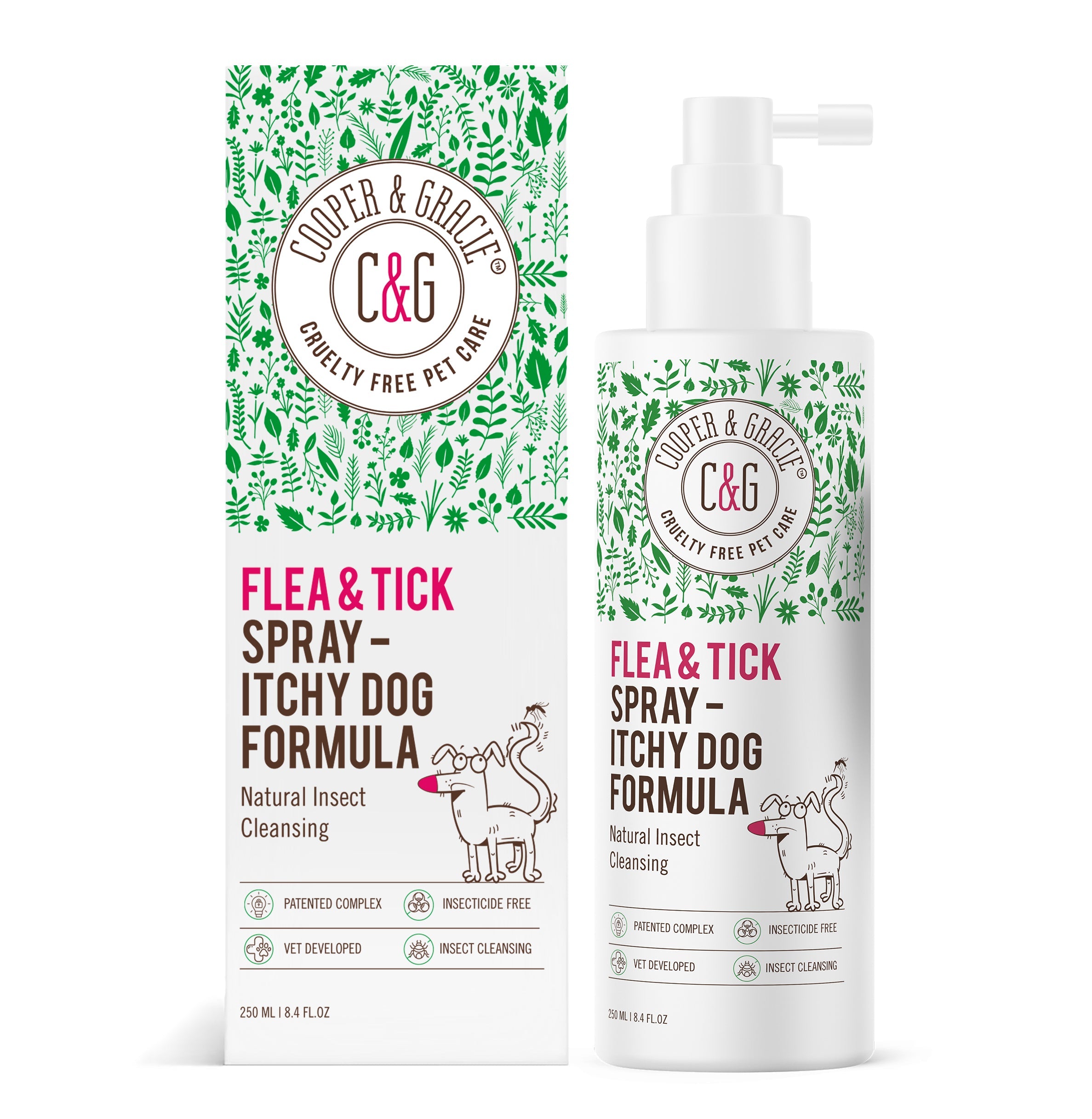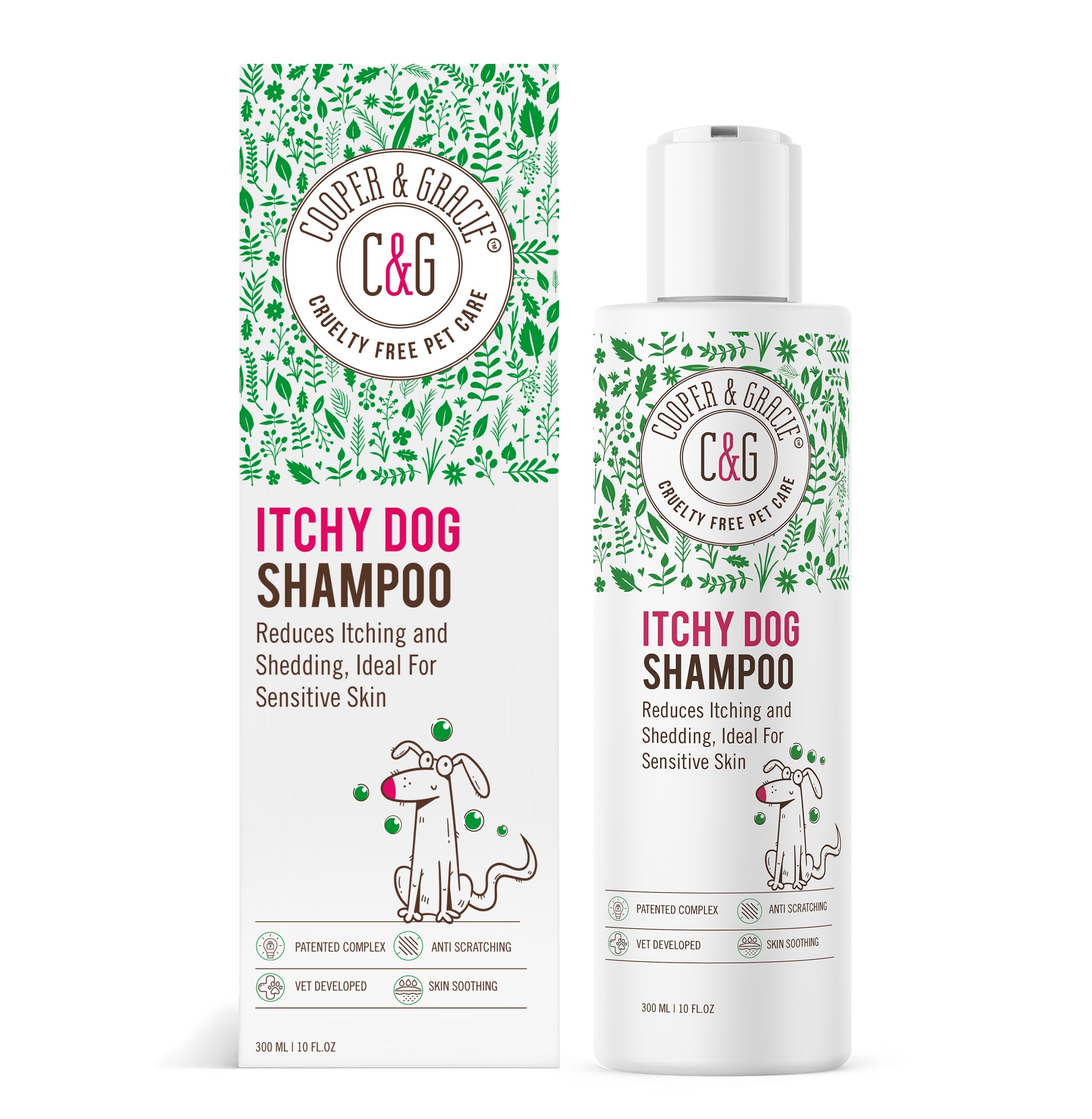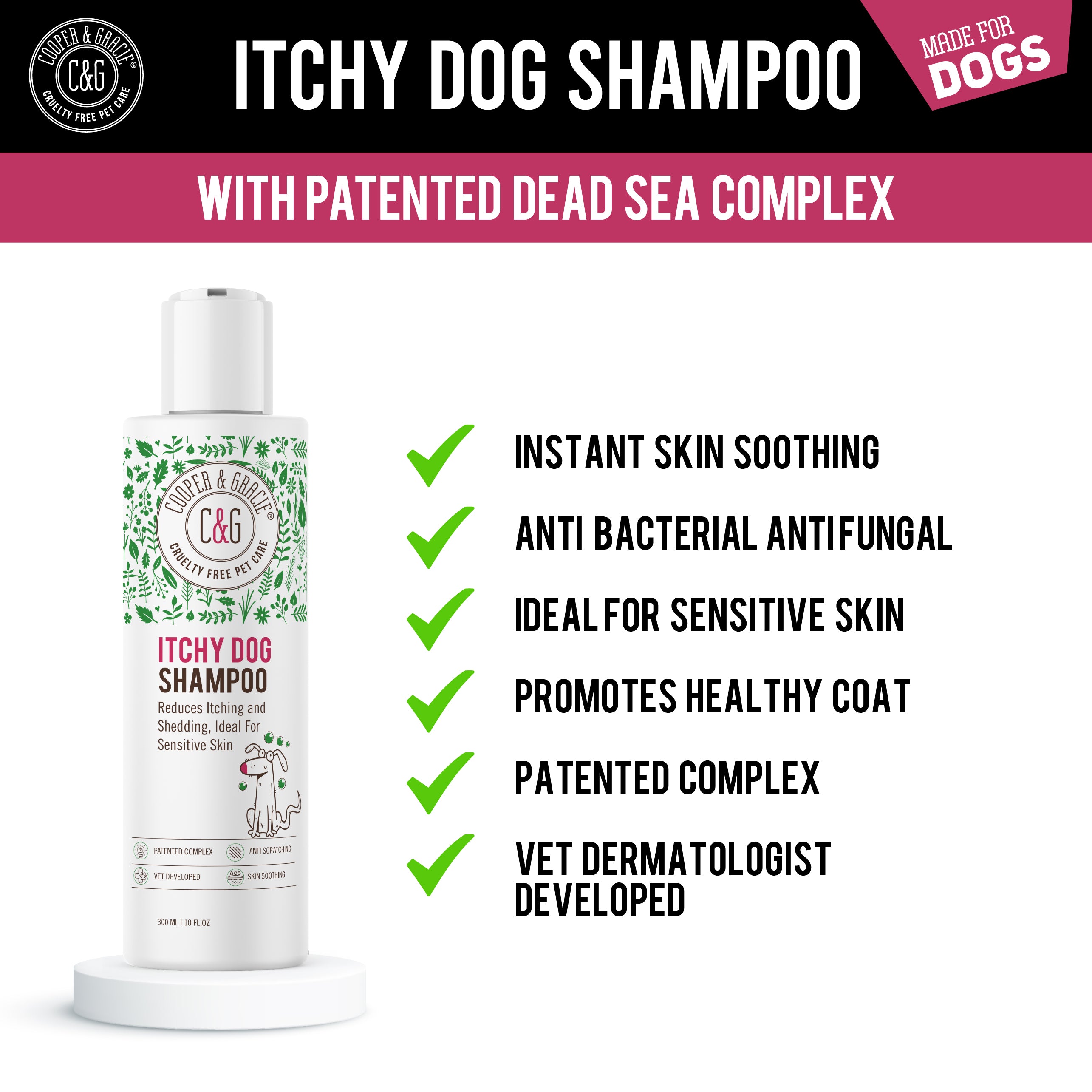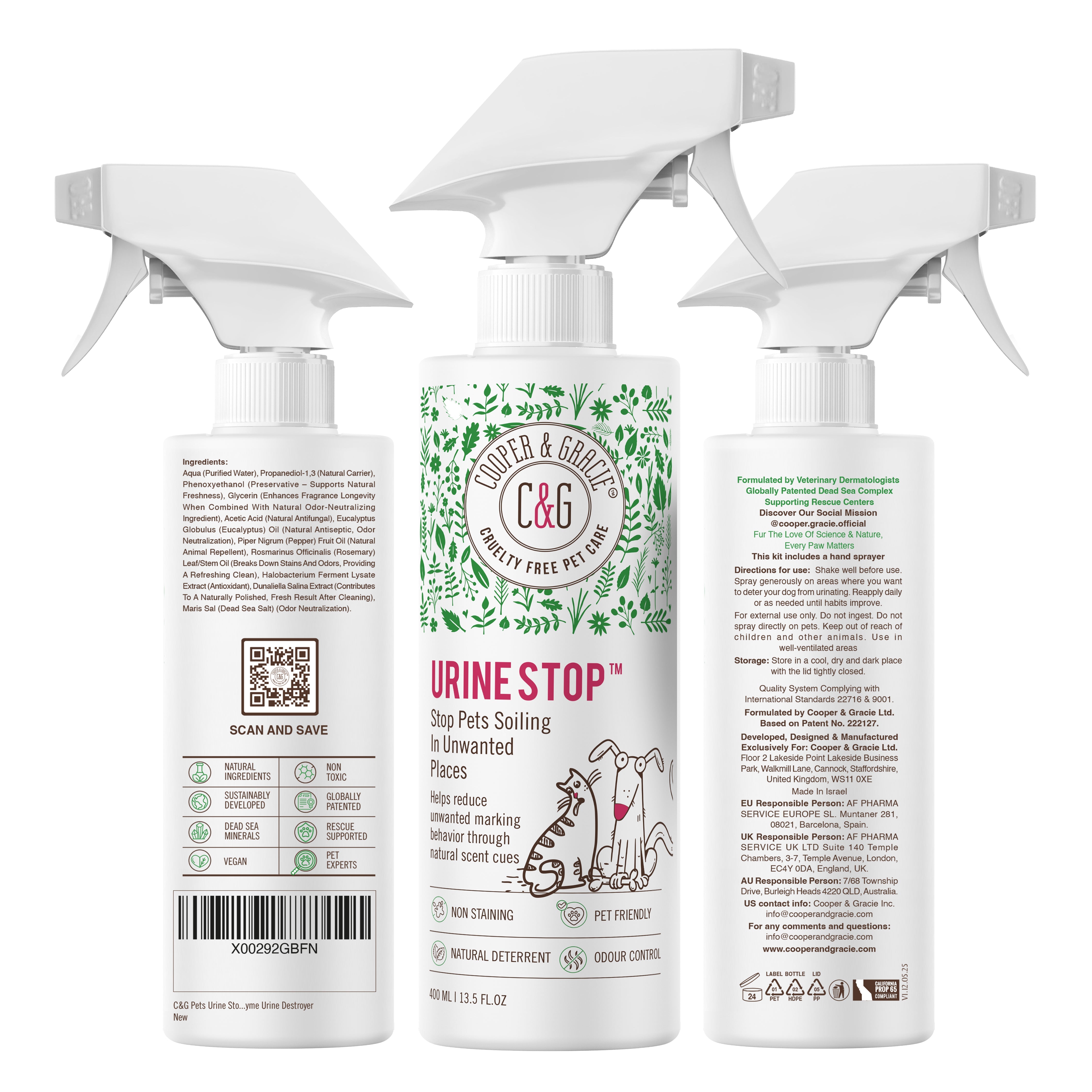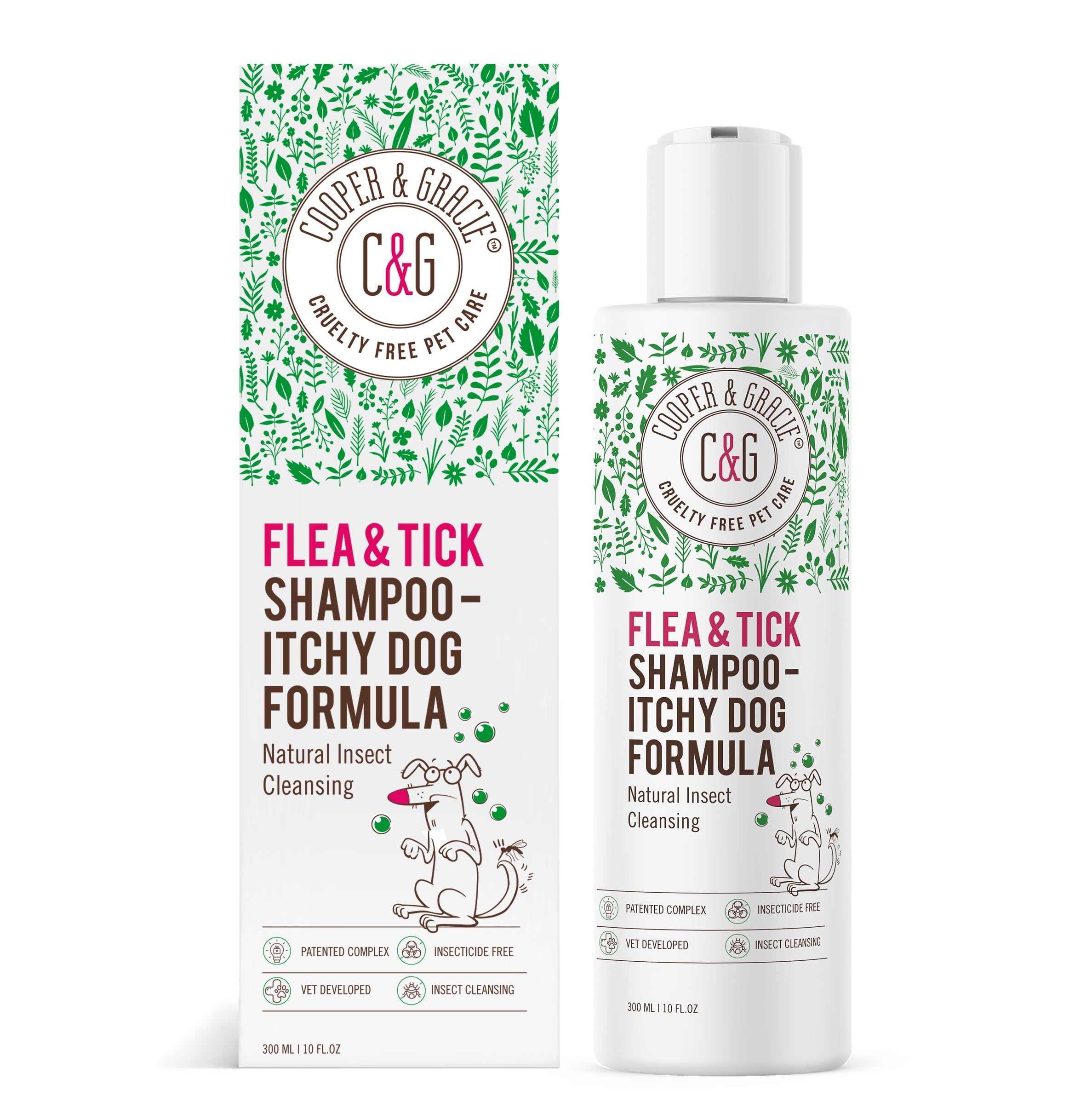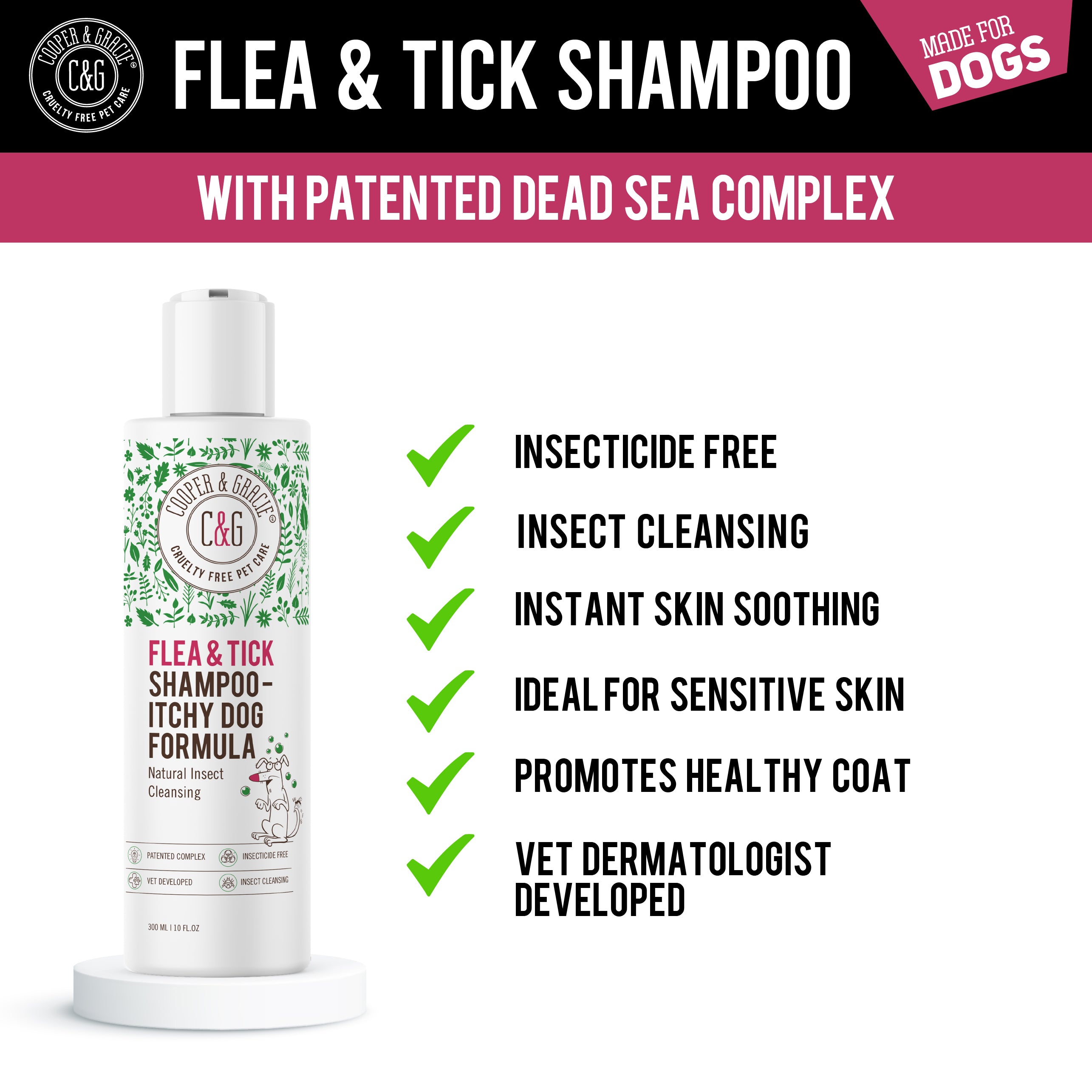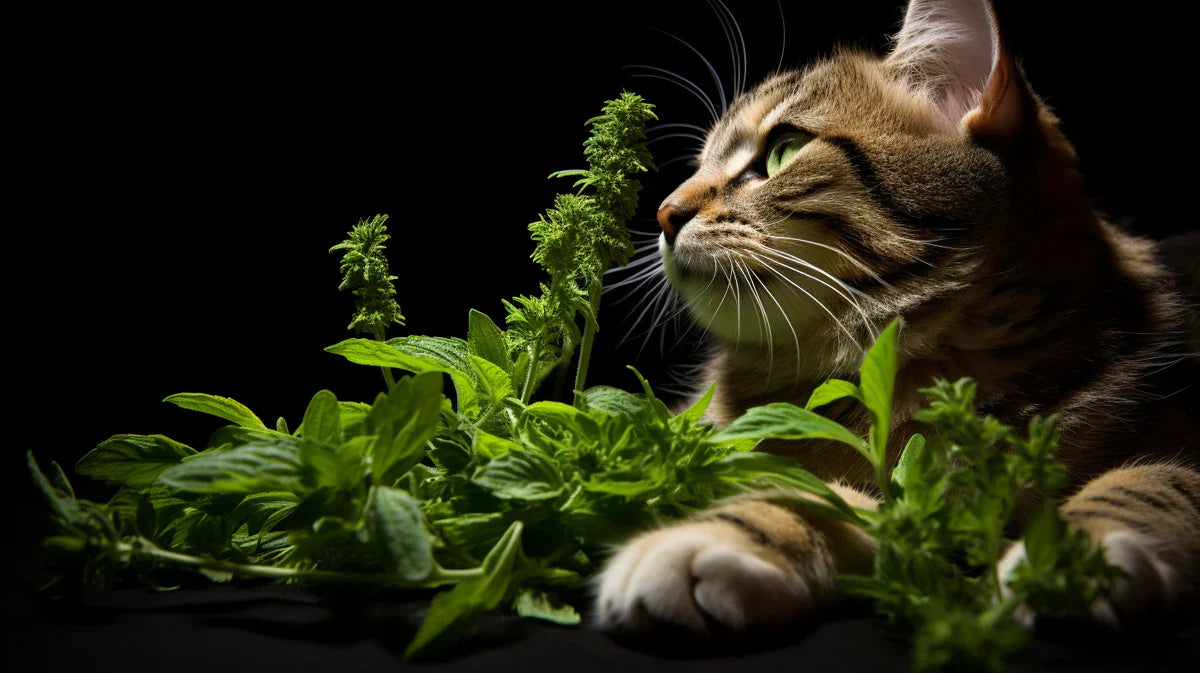Is Catnip Bad for Cats? An In-Depth Look
Introduction
Catnip, known for its unique effect on cats, is a common item in pet stores worldwide. But is it safe? This article dives deep into the world of catnip, exploring its benefits and potential risks to our feline friends.
What is Catnip?
Catnip, scientifically named Nepeta cataria, is a perennial herb from the mint family, renowned for its appeal to cats. Originating in Europe and Asia, it has now become widespread globally. Catnip is distinguished by its heart-shaped, green leaves and white or pale lavender flowers.
It's not just its physical form that's varied; catnip is available in multiple formats – dried leaves, fresh plants, pellets, and even infused sprays. Each type offers a unique experience for your cat. Dried leaves can be sprinkled on toys or scratching posts, fresh plants can be grown at home for a more natural encounter, pellets are often used in refillable toys, and sprays work well on bedding or play areas. Knowing these variations aids in selecting a form that best suits your cat's preferences and lifestyle.
How Does Catnip Affect Cats?
Catnip's effect on cats is due to a volatile oil it contains, primarily a compound named nepetalactone. This substance binds to the nasal tissue of cats, stimulating sensory neurons that lead to the brain.
Typically, cats exhibit a range of behaviours upon exposure – rolling, rubbing, purring, leaping, or even drooling. These responses can last about 10 to 15 minutes, followed by a period where the cat becomes temporarily immune to its effects.
It's intriguing to note that not all cats are susceptible to catnip; sensitivity is an inherited trait, with about 50-70% of cats affected. Kittens and older cats are often less responsive or completely indifferent.
Benefits of Catnip for Cats
The allure of catnip lies not only in the immediate joy it brings but also in its numerous benefits for a cat's well-being. Physically, it encourages play and exercise – crucial for indoor cats needing more activity. Mentally, catnip serves as a stimulant that can alleviate boredom and stress, potentially reducing behavioural issues related to anxiety.
In a more practical sense, catnip can be a valuable aid in training; it can be used to attract cats to scratching posts or beds, helping to establish positive behaviours. Moreover, catnip can serve as a reward during training sessions, strengthening the bond between cat and owner.
Potential Risks and Side Effects
While catnip is largely safe for cats, like anything, it should be used in moderation.
Overindulgence in catnip, particularly in its concentrated forms like oils or sprays, can sometimes lead to mild digestive issues such as diarrhoea or vomiting. This is typically a result of overexcitement or overconsumption.
Additionally, a small number of cats may exhibit signs of an allergic reaction to catnip, which could include sneezing, itching, or more serious symptoms. It's important to closely monitor your cat's response when first introducing catnip and consult a veterinarian if any concerning reactions occur.
Myths vs. Facts
There are several myths surrounding catnip that can lead to misunderstandings among cat owners.
One common myth is that catnip is like a drug that can be addictive to cats; however, this is not true. Catnip is non-addictive and safe when used responsibly.
Another misconception is that all cats love catnip – in reality, the response to catnip is genetic, and not all cats are affected by it.
Safe Usage of Catnip
To ensure the safe use of catnip, it's crucial to understand the appropriate quantities and forms for your cat.
Generally, a small pinch of dried catnip or a couple of sprays of catnip oil is sufficient. It's recommended to start with a small amount and observe your cat's reaction. For fresh catnip, a small leaf or two will suffice.
Catnip should be considered as a treat, not a regular part of a cat’s diet, and thus should be given sparingly – typically no more than once a week. This not only prevents potential side effects but also maintains the cat's interest in the herb.
Alternatives to Catnip
For cats that do not respond to catnip or those with allergies, there are several safe and enjoyable alternatives. Silver vine (Actinidia polygama), valerian root, and Tatarian honeysuckle wood are some examples. These herbs can elicit similar reactions to catnip in some cats and are a great way to provide variety and enrichment.
As with catnip, these alternatives should be introduced gradually and used in moderation. It's always a good idea to consult with a veterinarian before introducing any new item into your cat’s routine, especially if your cat has health issues or sensitivities.
Long-term Effects of Catnip
The long-term effects of catnip on cats have been a subject of interest among veterinarians and pet owners.
Research indicates that when used responsibly, catnip does not cause any long-term harm to cats. There is no evidence of any damaging psychological or physical dependency developing over time.
However, it is important to consider the individual nature of each cat. Some cats might become less responsive to catnip if they are exposed to it too frequently, which is why moderation is key. Continuous monitoring and adjusting the frequency of catnip exposure can help maintain its effectiveness as a stimulus and prevent any potential desensitisation.
Purchasing and Storing Catnip
When it comes to purchasing catnip, quality is paramount. The best catnip is usually organic and free from pesticides or additives, ensuring it is safe for your cat. You can find high-quality catnip at pet stores, online retailers, or even at some local garden centres. It’s also possible to grow your own catnip plant, which provides a fresh source for your cat.
Storing catnip properly is crucial to maintain its potency. Dried catnip should be kept in an airtight container in a cool, dark place to preserve its essential oils and aroma. Avoid storing it in direct sunlight or in humid areas as this can cause it to lose its effectiveness. If you have fresh catnip, it can be dried and then stored in the same way, or kept in the fridge for a few days if you plan to use it soon.
Conclusion
In conclusion, catnip can indeed be a delightful and safe addition to your cat's routine, provided it is used appropriately.
Understanding the nature of catnip, its effects, and how to use it responsibly ensures that your feline friend can enjoy its benefits without any adverse effects.
Whether it's for play, training, or just a bit of fun, catnip can enrich your cat's life, enhancing your bond with them. With the right approach, catnip can be a wonderful tool in your pet care arsenal.
FAQs About Catnip
-
Is catnip addictive for cats? Catnip is not addictive for cats in the traditional sense. It doesn't cause physical dependence or withdrawal symptoms, which are hallmarks of addiction. The response to catnip is more akin to a temporary behavioural change. Cats may show great enthusiasm for catnip, but this doesn't translate into addiction. It's important to note that, like any good thing, catnip should be offered in moderation to prevent habituation, where a cat may lose interest if exposed too frequently.
-
Can catnip be used for all breeds of cats? Catnip can be used for most breeds of cats. However, it's interesting to note that the response to catnip is hereditary, with about 50-70% of cats being affected by it. This response is not breed-specific but individual to each cat. Some cats may show a pronounced reaction, while others remain indifferent. It's also worth mentioning that kittens and older cats are less likely to respond to catnip. Always observe your cat's reaction and consult with a vet if you have concerns about introducing catnip, especially if your cat has health issues.
-
How often should I give my cat catnip? The frequency of offering catnip depends on your cat's individual reaction to it. A general guideline is once a week to avoid desensitization. If a cat is exposed to catnip too often, it may lose its effect. Observe how your cat reacts and adjust accordingly. If your cat becomes overstimulated or shows signs of distress, it's best to reduce the frequency. Some cat owners use catnip as a special treat or for specific purposes, like encouraging exercise or reducing stress during vet visits.
-
Are there any long-term side effects of catnip? There's no evidence to suggest significant long-term side effects of catnip in cats when used responsibly. However, as with anything, moderation is key. Overuse of catnip can lead to mild gastrointestinal upset or behavioural changes in some cats. It's also advisable to monitor your cat for any allergic reactions. Long-term effects, if any, are more likely to be behavioural rather than physical, such as a change in the cat's responsiveness to catnip over time.
-
Can kittens be given catnip? Kittens generally do not respond to catnip until they are about three to six months old, and some may not show interest until they are older. The response to catnip is partly developmental and partly genetic. It's usually safe to introduce catnip to a kitten once they reach an age where they might be responsive, but always in small amounts to start with. Monitor the kitten's reaction and ensure the experience is positive. If there's any sign of distress or adverse reaction, discontinue its use and consult a veterinarian.
Remember, every cat is unique, and what works for one may not work for another. It's always best to observe your cat's individual reaction and consult with a vet if you're unsure about introducing something new like catnip.
Discover the Joy and Wellness of Your Feline Friend with Cooper and Gracie
At Cooper and Gracie, we understand the unique bond you share with your beloved cat. That's why we invite you to explore our exclusive range of cat-friendly products, designed to enhance the happiness and wellbeing of your feline companion. We believe in nurturing the special connection between cats and their owners, which is why we offer products that not only cater to the playful spirit of your cat but also prioritise their health and safety.
Whether you're seeking a new shampoo to enhance your cat's coat, a soothing balm for their comfort, or a natural treat to enhance their well-being, Cooper and Gracie has it all. Our products are created with the highest quality ingredients, ensuring they are as gentle as they are effective. Plus, as a company passionate about animal welfare, a portion of every purchase goes towards supporting animal charities.
Join the Cooper and Gracie family today and discover the difference our products can make in your cat's life. Visit us at Cooper and Gracie and take the first step towards a happier, healthier cat. Because at Cooper and Gracie, we're not just about products; we're about creating lasting memories and enhancing the bond you share with your furry friend. Shop now and see the joy light up in your cat's eyes!

